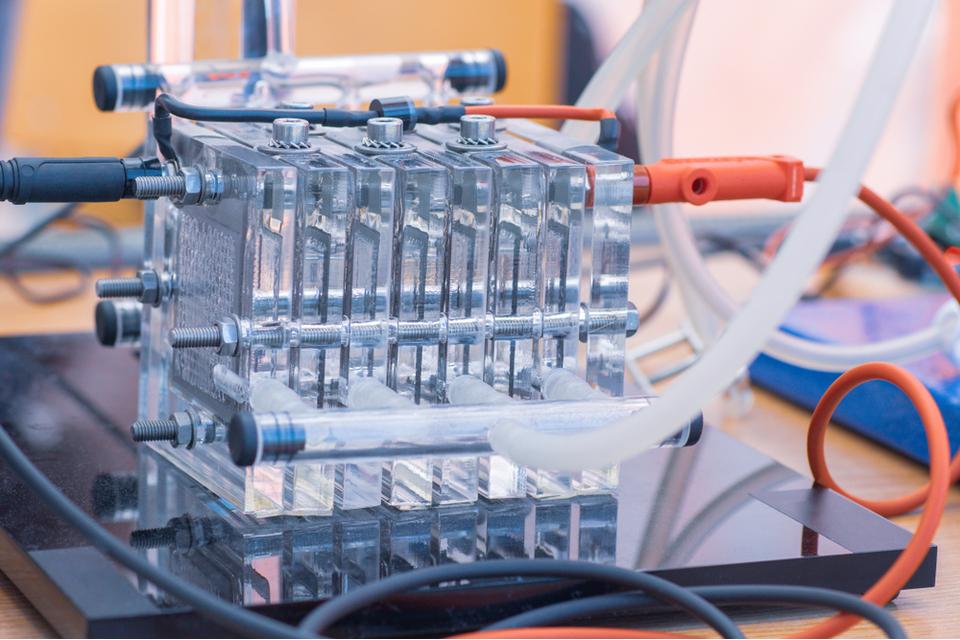Fuel cells rely on hydrogen fuel from wind and solar energy to produce electricity. On the other hand, lithium-ion batteries are accessible energy storage that’s used in smartphones, laptops, and electric cars.
The performance of both fuel cells and lithium-ion batteries depends mostly on their microstructure.
For example, the shape and arrangement of the pores inside fuel cells can affect how much power they generate. The microstructure also influences how quickly batteries charge and discharge.
There’s just one small problem.
Since these micrometer-scale pores are so miniature, researchers have found it challenging to study specific shapes and sizes. So, they’ve never been able to relate these structures to overall cell performance.
Now, the researchers at the Imperial College London have devised a solution.
The team used a machine learning technique to explore the pores virtually. That way, they could run 3D simulations to predict fuel cells’ performance based on their microstructure.
In a statement, lead author of the study, Andrea Gayon-Lombardo said:
“Our technique is helping us zoom right in on batteries and cells to see which properties affect overall performance. Developing image-based machine learning techniques like this could unlock new ways of analyzing images at this scale.”
The researchers described the process in a published paper in npj Computational Materials.
A Machine Learning Algorithm to Explore the Microstructure of Fuel Cells
When using 3D simulations to predict cell performance, a large volume of data is essential for an adequate statistical representation of the cell. Unfortunately, acquiring a large volume of a microstructural image at the desired resolution is challenging.
So, the researchers trained their code to do one of two things. The model could either produce a larger dataset with the same properties or generate structures that would result in better battery performance.
For the study, the team used a machine learning technique called deep convolutional generative adversarial networks (DC-GANs).
The researchers trained the algorithm to generate 3D image data of fuel cells’ microstructure. For this part of the study, the team used data from nano-scale imaging performed synchrotrons.
Project supervisor and researcher at Imperial’s Dyson School of Design Engineering, Dr. Sam Cooper said:
“It’s an exciting time for both the energy storage and machine learning communities. So, we’re delighted to be exploring the interface of these two disciplines.”
The Imperial researchers wanted to model to produce results that are currently feasible to manufacture. So, they could implement the design as soon as possible.
Such improvement would mean fast charging smartphones and increased time between the charge for electric vehicles.



















Nice to read here blog regarding machine learning to improve the performance of fuel cells. II am looking forward for more blogs.
Emily,